Hang in There
Kevin Nelson, an alumnus of ILSoyAdvisor's Soy Envoy program, shares his profound insights on the enduring drought challenges throughout the years. In his enlightening discourse, he emphasizes the transformative influence of traits on crops, revolutionizing their ability to thrive and endure even in the face of such trying circumstances.
Soybeans as a Cover Crop
Father’s Day was just over a week ago, and since we couldn’t be in the fields, I invited my dad to join us for [...]
Soybean Planting Date: Cussed, Re-cussed, and Discussed
Soybean planting date. Plant early. What’s early? February? March? Before corn? Simultaneously with corn? These questions and many, many more come up in discussion [...]
Water, Water Everywhere – And Not a Drop to Drink
A corridor of the Midwest stretching from Nebraska through Iowa and into Northern Illinois has been receiving almost continuous rainfall for an extended period [...]
2018 Harvest: What Makes the Soybean World Go ‘Round?
October has arrived and the 2018 soybean growing season is wrapping up in Northern Illinois. It’s always interesting, as well as a good idea, [...]
Green is for Go – Except for Soybean Stems
As harvest approaches, it’s time once again to discuss green stems in soybeans. Green Stem Syndrome (GSS) has been with us for quite some [...]
Soybeans, White Mold and SDS – Oh My!
It’s early August in Northern Illinois and it’s time to start wrapping up the 2018 soybean crop. Granted, August rains can add some yield, [...]
Soypocalypse 2018: An Envoy Discussion
In July, we have an opportunity to review the first half of the soybean growing season. Soybeans have moved into the reproductive stages and [...]
Sporecaster: Smartphone App Aids in White Mold Treatment Decisions
Sclerotinia stem rot, more commonly referred to as white mold, can be a devastating disease in soybeans. Yield losses can be extreme when conditions [...]
Replant Considerations: Checklist for Coming Back from Calamity
Down at the local co-op, farm store, or coffee shop, there’s always one guy who, when asked if done with planting, answers, “Yeah, at [...]

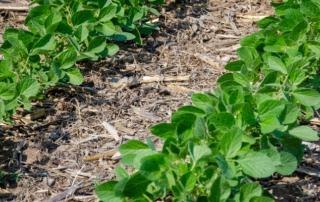
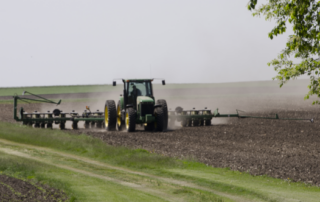
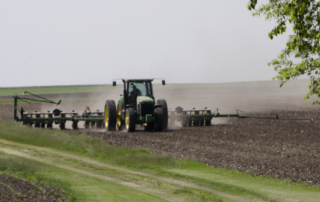
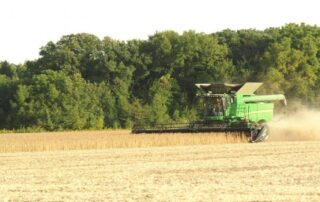
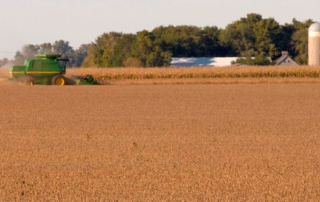
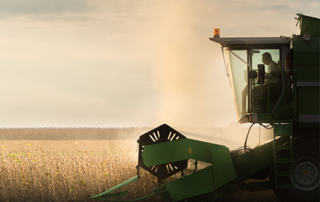
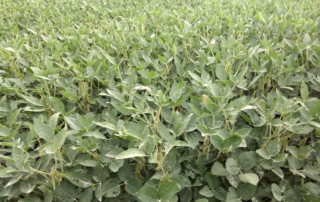
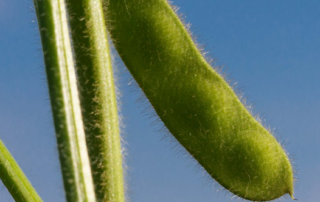

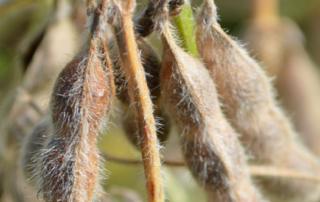

 and then
and then